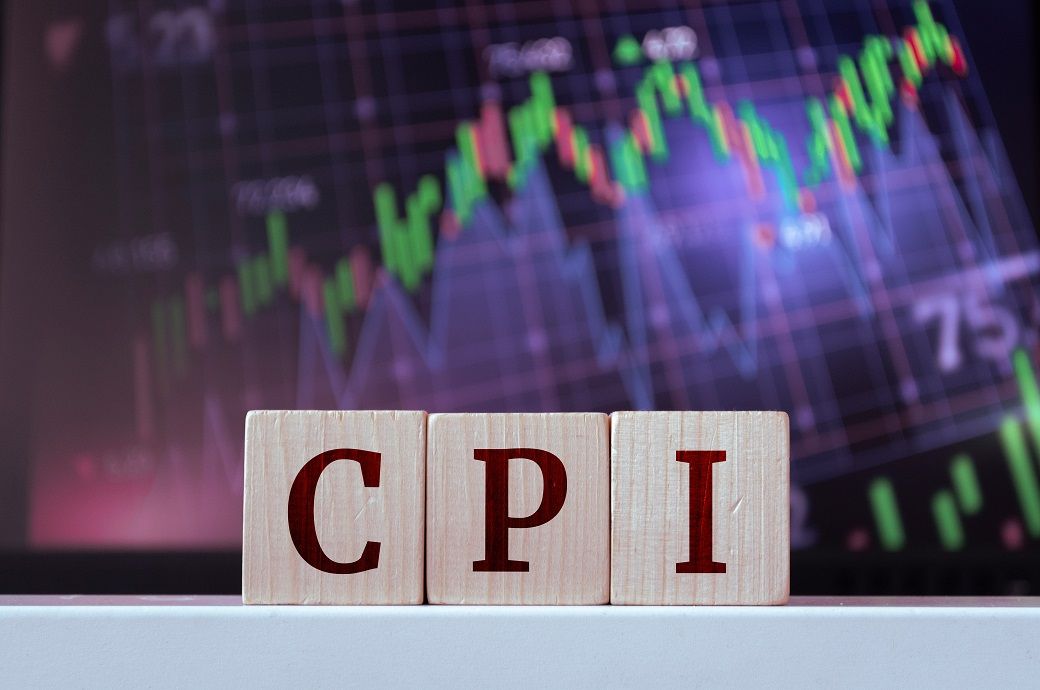
It increased by 2.61 per cent in the month compared to December 2024.
The average CPI in the third quarter (Q3) this year rose by 3.27 per cent YoY—the same rate of increase recorded for the first nine months of 2025.
The CPI increased in eight out of the first nine months this year, influenced by both domestic and global factors, including seasonal demand during holidays and Lunar New Year, as well as international price fluctuations in commodities such as rice, fuel and cooking gas, according to NSO.
January recorded the highest monthly increase at 0.98 per cent, driven by rising demand during the Lunar New Year holiday and adjustments in medical service fees in some localities.
February saw a 0.34-per cent increase, largely due to rising pork and rental housing prices as workers returned to urban areas after the Lunar New Year holiday.
March was the only month with a CPI decline, dropping by 0.03 per cent due to lower prices for rice and gasoline.
From April to September, CPI rose steadily, by between 0.05 per cent and 0.48 per cent, largely reflecting increased costs for housing, dining out, electricity, education and home maintenance materials.
On an average, the monthly CPI increase during the first nine months of 2025 stood at 0.29 per cent.
The NSO attributed the CPI increase to several key drivers: healthcare, housing and utilities, food and catering services and education.
Core inflation, which excludes volatile items like food, fuel and government-regulated services, rose by 0.2 per cent MoM and by 3.18 per cent YoY in September. For the first nine months of 2025, core inflation averaged 3.19 per cent, slightly lower than the headline CPI growth rate of 3.27 per cent.
ALCHEMPro News Desk (DS)
Receive daily prices and market insights straight to your inbox. Subscribe to AlchemPro Weekly!